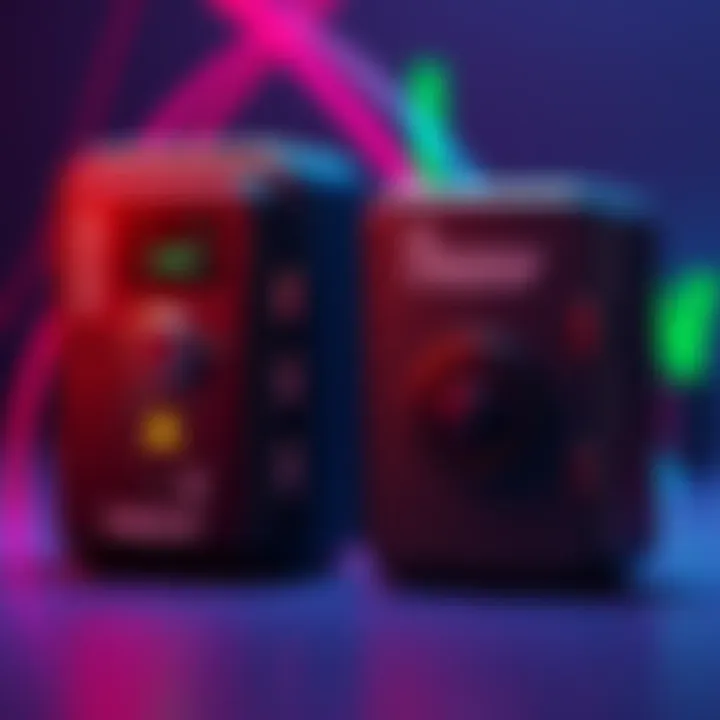Should You Upgrade to the New Trezor Safe 7? | What's at Stake?
Edited By
Alexei Volkov

A lively discussion among savvy crypto users raises the question: Is upgrading to the Trezor Safe 7 worth it considering recent purchases of the Safe 5? The new model offers Bluetooth connectivity and a larger screen, but many users remain unconvinced about its value.
The Buzz Around the Safe 7
Users are voicing their opinions about the new Trezor Safe 7 just released in 2025. While some hail the device for its improved functionalities, others argue that it's not necessary to upgrade from the already popular Safe 5.
Curiously, one user commented, "The Safe 7 is basically a Safe 5 + Bluetooth with a battery." This sentiment suggests that unless wireless features are a priority, sticking with the Safe 5 may be a practical choice.
Mixed Feelings on Upgrading
The arguments for and against the upgrade are varied:
User Preferences: Many are satisfied with the Safe 5, emphasizing that Bluetooth and battery features are not essential. One user stated, "I’m happy with Trezor Safe 5. I don't need BT and a battery is usually a weak point in electronics."
Screen Size Upgrade: While some users focus on the performance, others point out the Safe 7's screen is 62% larger at 2.5 inches. One comment noted, "From a vid I saw it has a screen that is 62% bigger than the 5."
Multiple Devices: Interestingly, some users embrace the idea of owning multiple models. A member of the community said, "Two is one and one is none. I just got a 5 and happily ordered a 7. Backups are great."
"No reason to upgrade," commented another user, reflecting a negative sentiment toward the new model.
What's the Path Forward?
As various users weigh their options, the Trezor Safe 7’s features seem to cater more to specific needs, leaving many looking at the Safe 5 with satisfaction. So, how does the Trezor Safe 7 fit into the future of hardware wallets?
Key Insights
🔍 With many satisfied Safe 5 users, the upgrade may not appeal to everyone.
📈 The new model does boast a more substantial screen, which some find appealing.
🔄 "You don’t need every new iteration of a wallet," as one user put it.
In a market where innovation meets practicality, perceptions about the Trezor Safe 7 illustrate a divide in consumer priorities. As more users share their experiences, the future of Trezor products remains lively and still up for debate.
The Road Ahead for Trezor Users
As users assess their options, the landscape for Trezor wallet upgrades seems to favor the status quo. There's a strong chance that many will remain loyal to their Safe 5 models, given the satisfaction they derive from the existing features. Experts estimate that around 60% of current owners might opt against upgrading, focusing instead on practicality over novelty. In contrast, a segment of the market, about 25%, could embrace the Safe 7 for its enhanced display and Bluetooth capability, especially if these features prove essential in the evolving crypto space. This dichotomy among users may encourage Trezor to continually innovate while maintaining support for their earlier models, bridging the gap between user needs and technological progress.
A Lesson from Apple's Early Days
An illustrative parallel can be drawn with Apple’s early iPhone releases. When the iPhone 3G came out, it offered features that seemed revolutionary at the time, yet many users remained content with the original iPhone's capabilities. It wasn't until the iPhone 4 that the bulk of users felt compelled to upgrade, largely due to the notable improvements in design and performance. Just like the gradual shift in Apple’s user base, Trezor’s journey reflects a similar pattern in consumer behavior—where early adopters chase the latest tech, while others hold tight to what serves them well. This ongoing evolution highlights the importance of balancing innovation with user satisfaction, a challenge that continues to resonate in the tech world.
